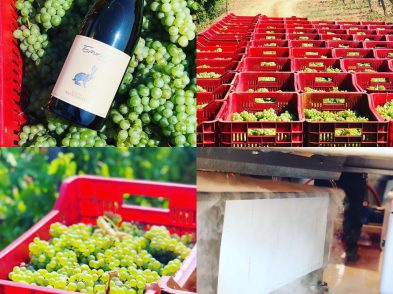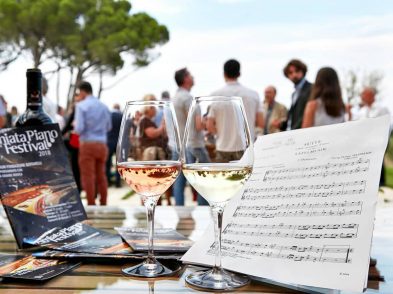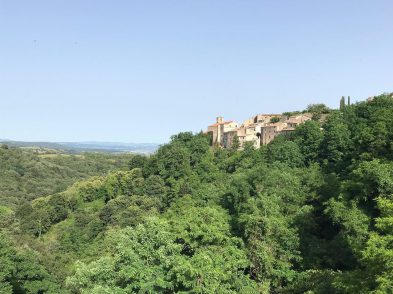Thousands of years have passed since the Romans left, but we’re only now unearthing some of their greatest treasures.
You can’t wield a shovel anywhere in Italy without stumbling on the sort of ruins that would have archaeologists in other countries turning green with envy. At the beginning of August, council workers in Volterra were digging a routine ditch when they unearthed a line of very old-looking stones. The stones turned out to be part of an 80-metre elliptical wall the Soprintendenza Archeologica della Toscana quickly dubbed ‘a chance discovery that could change the history of archaeology.’
Volterra is already considered one of Etruria’s principal cities, but archaeologists have always assigned it a minor role in the subsequent Roman Empire…until now. Early investigations of the newly found site have revealed it to be a Roman amphitheatre dating to the first century. Most likely used for gladiator battles, the amphitheatre would prove Volterra was far more important in Ancient Rome than previously thought.
The discovery is only the most recent of many in the area. In the past 50 years, a Roman villa and theatre have also been found as archaeologists slowly unearth the Volterra of the Roman Empire. It’s too early to tell if or when the amphitheatre will be opened, but 2015 is the official Year of Archaeology in Tuscany and there have been plenty of other finds and developments elsewhere in the region.
At the start of summer, the southern island of Giannutri reopened its Roman villa after more than 15 years of interventions to make the site safe to visit. Considered one of the most scenic archaeological sites in Tuscany, the villa has views of the nearby Giglio Island and was built by the Domizi Enobarbi family, whose descendants included Emperor Nero. The villa originally covered an area of about five hectares and had a huge terrace that was directly accessible from the sea via a staircase. Excavations have unearthed the remains of marble floors and black-and-white mosaic designs. The complex was home for the imperial family with three large living spaces that even had a heating system, slaves’ quarters, a spa and outbuildings. The system of pipes and tanks that distributed rainwater can still be seen.
Further north in San Gimignano, works have resumed to unearth another Roman villa. It’s been two years since archaeologists set foot in Aiano-Torraccia di Chiusi, but new funding has allowed them to continue unearthing what is thought to be a three-roomed villa dating between the fourth and sixth centuries and which still has some of its mosaic flooring. News about the villa was announced earlier this year along with a startling discovery that named Tuscany home to the world’s oldest flour.
The flour is more than 30,000 years old and was discovered in an area called Bilancino in the province of Florence, where a group of Homo sapiens are thought to have had a temporary settlement. The find dates back to the 1990s when archaeologists dug up an ancient mortar and pestle in the area. It took them more than 20 years to analyse and recreate the starch found on the kitchen tool. Using ovens similar to those also found at the site, researchers baked cakes with the flour in what Biancamaria Aranguren from the Soprintendenza has labelled the first example of Homo sapiens producing ‘an easily storable, transportable and high-energy product that afforded them greater autonomy especially in critical moments in terms of climate and environment’.
If you’re more interested in archaeology you can actually see, head to the Isidoro Falchi museum in Vetulonia and catch the unusual Antichità Sequestrata exhibition. On display are numerous priceless objects recovered by the Guardia di Finanza during raids on stolen archaeological goods. The exhibition includes never-before-seen documents that shed light on the cultural makeup of ancient Italy and its culinary rituals. The exhibition’s mascot is a beautiful bronze statuette preserved for a century in the deposits of the National Archaeological Museum of Florence and which personifies the symposium, the last act of the aristocratic Etruscan banquet. The items are on display at the museum until November 15.
For more information see www.theflr.net/lraalv.
Giannutri’s Roman villa is open on weekends throughout September and the beginning of October. To book, call the Parco Nazionale Arcipelago Toscana: 0565 / 908231.








